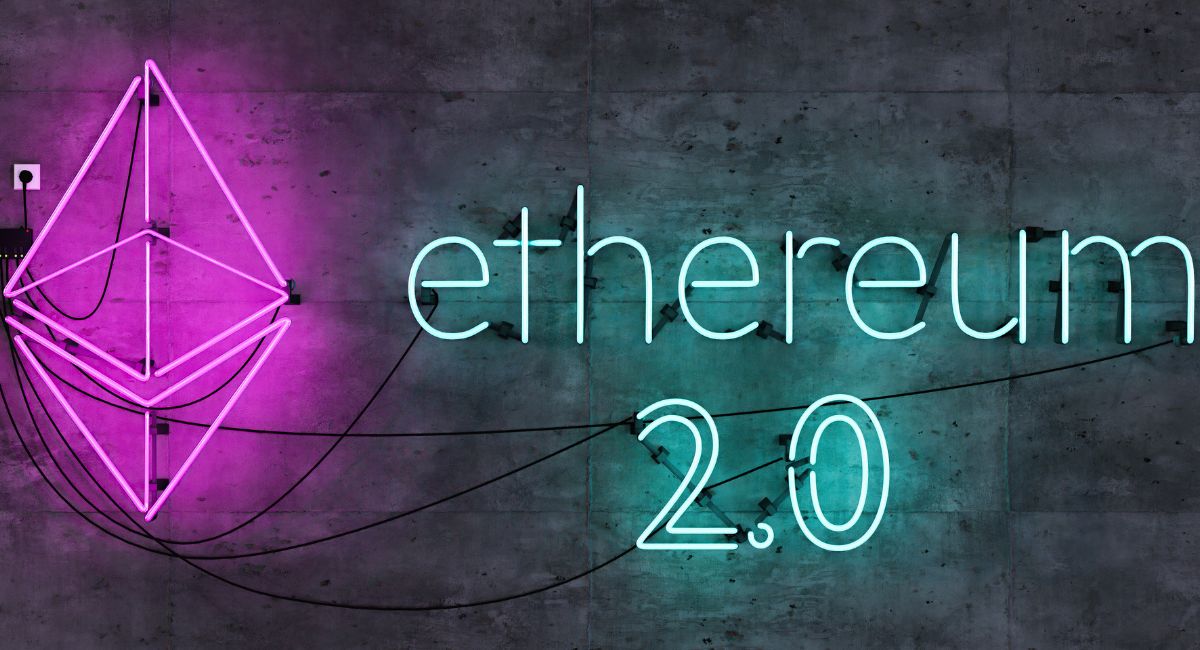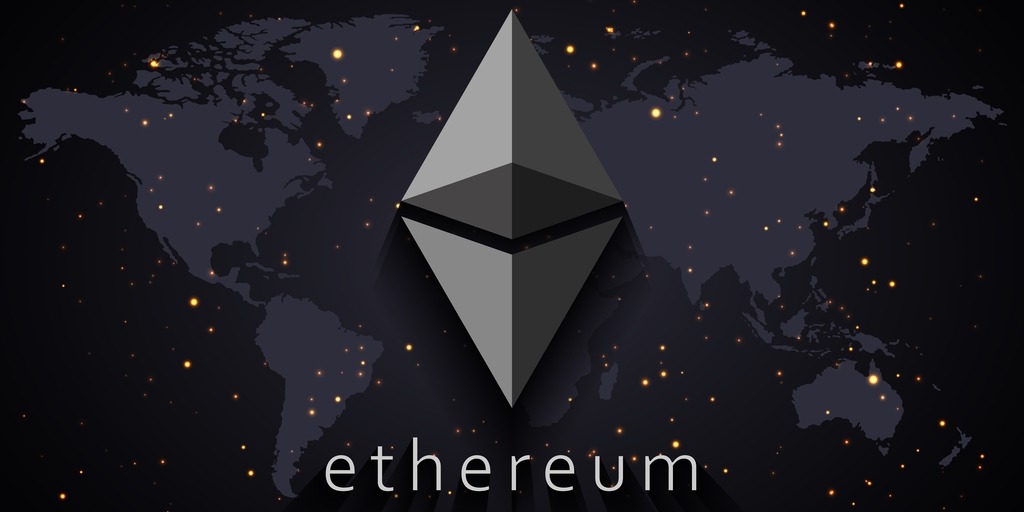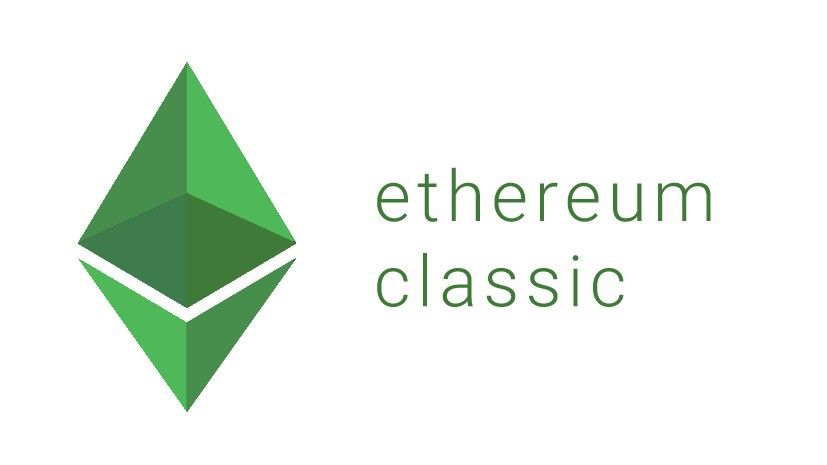Top 10 Things That Changed After The first Phase Of Ethereum 2.0 AKA The Beacon Chain
Ethereum 2.0, also known as Eth2 or Serenity, is a major upgrade to the Ethereum blockchain. One of the key components of Ethereum 2.0 is the introduction of a new consensus mechanism called proof-of-stake (PoS), which replaces the current proof-of-work (PoW) mechanism. The first phase of the Ethereum 2.0 upgrade is known as the Beacon Chain, which launched on December 1, 2020.
What do you need to know about the beacon chain?
The Beacon Chain is a new blockchain that operates in parallel with the existing Ethereum network. It serves as the backbone of Ethereum 2.0 and is responsible for managing the PoS consensus mechanism. The main function of the Beacon Chain is to validate and attest to the validity of new blocks on the Ethereum blockchain.
One of the key benefits of the Beacon Chain is its ability to enable scalability and improve the speed of transactions on the Ethereum network. It achieves this through a process known as sharding, which involves breaking up the network into smaller sections called shards. Each shard is able to process transactions independently, which greatly increases the network’s capacity and reduces the time it takes to validate transactions.
Another important aspect of the Beacon Chain is the introduction of the Ethereum 2.0 staking mechanism. In the PoS consensus mechanism, validators are chosen to create new blocks and validate transactions based on the amount of ether they have staked on the network. This incentivizes users to hold onto their ether and participate in the network, as they are rewarded with additional ether for doing so.
In order to participate in staking on the Beacon Chain, users must first deposit a minimum of 32 ether into a staking contract. This ether is then locked up for a period of time, during which the user is able to earn rewards for their participation in the network. However, it is important to note that staked ether cannot be withdrawn until the next phase of the Ethereum 2.0 upgrade is completed, which is expected to happen in the coming years.
The launch of the Beacon Chain represents a significant milestone in the development of Ethereum 2.0 and has been welcomed by the community as a step towards greater scalability and efficiency for the network. However, it is important to note that the upgrade process will be ongoing, with future phases of Ethereum 2.0 expected to introduce further changes and improvements to the network.
The launch of the Beacon Chain at the end of 2020 was a huge accomplishment and laid the foundation for #Ethereum‘s more scalable, secure, and sustainable home.
Since then… 🧵 pic.twitter.com/lnbStRKrJZ
— Density (@densityexchange) April 7, 2023
Here are the top 10 things that have changed after the launch of the Beacon Chain
The launch of the first phase of Ethereum 2.0, known as the Beacon Chain, marked a significant milestone in the evolution of the Ethereum network.
- Transition from Proof of Work to Proof of Stake: The Beacon Chain introduces a new consensus mechanism, known as Proof of Stake, which is more energy-efficient than the previous Proof of Work mechanism. This change is expected to reduce the environmental impact of Ethereum mining and make the network more sustainable in the long run.
- Staking Rewards: One of the key features of Proof of Stake is that it allows users to earn staking rewards by holding ETH in a designated wallet and participating in network validation. Staking rewards are expected to incentivize greater participation in the network and promote network security.
- Validator Pools: Validators are responsible for processing transactions and creating new blocks in the Ethereum network. With the launch of the Beacon Chain, validator pools have emerged as a popular way for small stakers to pool their resources and increase their chances of being selected as a validator.
- Simplified Network Architecture: The Beacon Chain introduces a simpler network architecture that separates validation and execution tasks. This separation is expected to increase network efficiency and reduce the risk of congestion and downtime.
- Sharding: The Beacon Chain lays the foundation for future phases of Ethereum 2.0, which will introduce sharding, a technique that allows the network to process multiple transactions simultaneously. Sharding is expected to greatly increase the scalability of the Ethereum network and enable it to handle a much larger volume of transactions.
- Improved Security: The Beacon Chain introduces a number of security enhancements, including penalties for validators who behave maliciously or fail to meet network requirements. These penalties are designed to discourage bad actors and promote network security.
- Network Upgrades: With the launch of the Beacon Chain, the Ethereum network has begun a process of ongoing upgrades and improvements. These upgrades are expected to introduce new features and capabilities over time, making the network more versatile and adaptable to changing needs.
- Cross-Chain Compatibility: The Beacon Chain is designed to be compatible with other blockchains and networks, which could enable interoperability and facilitate the exchange of value across different ecosystems.
- Community Engagement: The launch of the Beacon Chain has sparked renewed enthusiasm and engagement among the Ethereum community, as users explore new opportunities for participation and collaboration on the network.
- Future Potential: The launch of the Beacon Chain is just the beginning of a long journey for Ethereum 2.0. As future phases are rolled out, the network is expected to become even more powerful, scalable, and versatile, opening up new possibilities for innovation and growth.
Also, read – What Is The Role Of Hard Forks In Blockchain And Crypto?
Conclusion
The launch of Ethereum 2.0 marks a significant milestone in the evolution of the Ethereum network. With the introduction of the Beacon Chain, the network has transitioned from a proof-of-work to a proof-of-stake consensus mechanism, which brings a range of benefits to the network, including greater security, scalability, and efficiency. Additionally, the introduction of sharding technology and the ability to run smart contracts on multiple shards promises to greatly increase the throughput of the network and enable new use cases.
However, the transition to Ethereum 2.0 has not been without its challenges. The complexity of the upgrade process and the need for widespread community support has led to delays in the launch and some uncertainty among users and developers. Nevertheless, the launch of the Beacon Chain represents an important step forward in the development of the Ethereum network, and the community is optimistic about the potential for Ethereum 2.0 to enable a new generation of decentralized applications and services.
As we move forward into the next phases of Ethereum 2.0, it will be interesting to see how the network evolves and how it continues to impact the wider blockchain and cryptocurrency ecosystem. With new features and technologies being introduced on a regular basis, the Ethereum network remains at the forefront of innovation in the space and will likely continue to play a key role in shaping the future of decentralized technology.
Stay informed with daily updates from Blockchain Magazine on Google News. Click here to follow us and mark as favorite: [Blockchain Magazine on Google News].
Get Blockchain Insights In Inbox
Stay ahead of the curve with expert analysis and market updates.
latest from tech
Disclaimer: Any post shared by a third-party agency are sponsored and Blockchain Magazine has no views on any such posts. The views and opinions expressed in this post are those of the clients and do not necessarily reflect the official policy or position of Blockchain Magazine. The information provided in this post is for informational purposes only and should not be considered as financial, investment, or professional advice. Blockchain Magazine does not endorse or promote any specific products, services, or companies mentioned in this posts. Readers are encouraged to conduct their own research and consult with a qualified professional before making any financial decisions. The featured image used is just a creative depiction of the title and it does not intend to hurt sentiments of any person or institution. If it hurts anyone sentiments, please do not hesitate to reach out to Blockchain Magazine.

 Bitcoin
Bitcoin  Ethereum
Ethereum  XRP
XRP  Tether
Tether  Solana
Solana  Dogecoin
Dogecoin  USDC
USDC  Cardano
Cardano  Lido Staked Ether
Lido Staked Ether  TRON
TRON  Chainlink
Chainlink  Avalanche
Avalanche  Sui
Sui  Wrapped stETH
Wrapped stETH  Wrapped Bitcoin
Wrapped Bitcoin  Toncoin
Toncoin  Stellar
Stellar  Hedera
Hedera  Shiba Inu
Shiba Inu  Polkadot
Polkadot  WETH
WETH  LEO Token
LEO Token  Litecoin
Litecoin  Bitcoin Cash
Bitcoin Cash  Hyperliquid
Hyperliquid  Bitget Token
Bitget Token  Uniswap
Uniswap  Official Trump
Official Trump  USDS
USDS  Wrapped eETH
Wrapped eETH  Pepe
Pepe  NEAR Protocol
NEAR Protocol  Ethena USDe
Ethena USDe  Aave
Aave  Aptos
Aptos  Internet Computer
Internet Computer  Ondo
Ondo  WhiteBIT Coin
WhiteBIT Coin  Ethereum Classic
Ethereum Classic  Monero
Monero  Mantle
Mantle  Cronos
Cronos  POL (ex-MATIC)
POL (ex-MATIC)  Render
Render  Dai
Dai  Algorand
Algorand  OKB
OKB  Artificial Superintelligence Alliance
Artificial Superintelligence Alliance 




